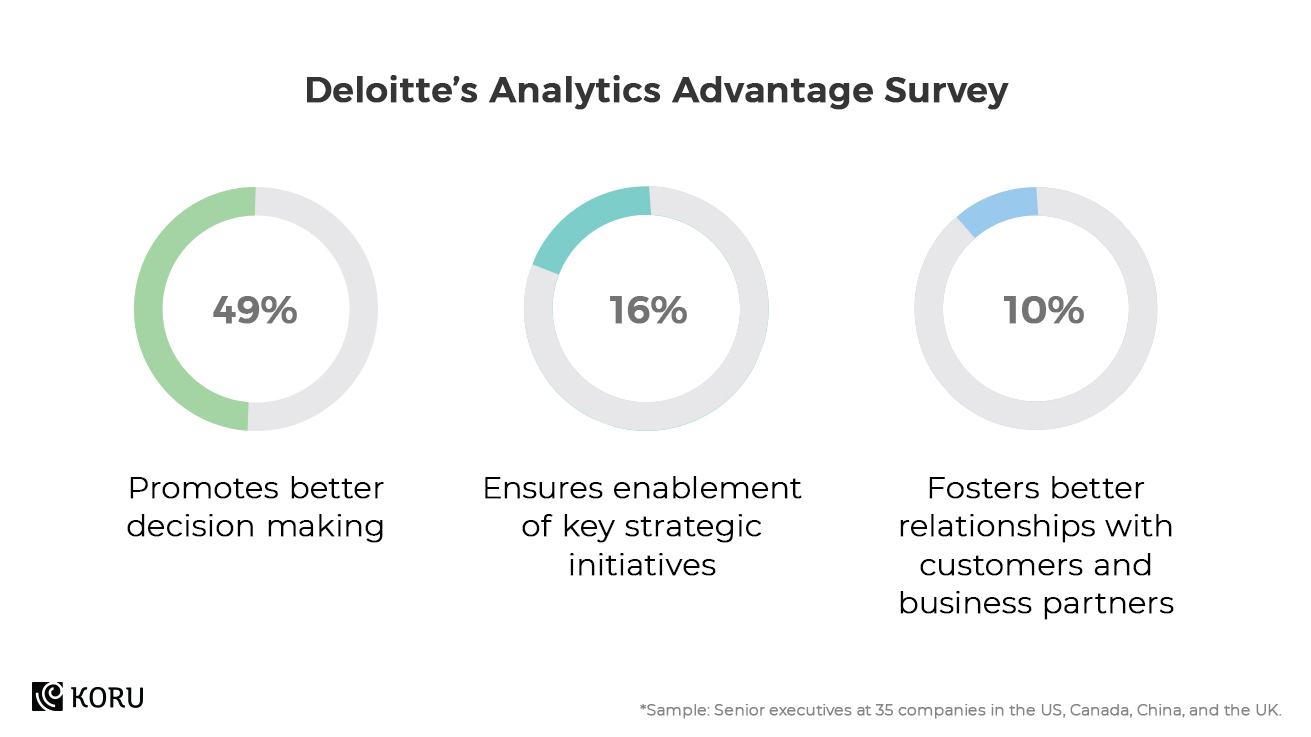Among the whole gamut of human emotions, the best feeling has got to be the one when someone really “gets” us. That incredible feeling when you don’t need to use any extra explanation or justification – the person you’re dealing with knows exactly what you’re going through and has the perfect response to it.
Now, picture the same situation, except that now you’re dealing with technology. Wouldn’t it feel splendid to use an application that really understands our needs, and is even perhaps a step ahead and intuitively respond to us?
Predictive analytics are increasingly being used by businesses to gain knowledge of how to better engage with their users based on their previous behavior patterns.
While predictive design certainly contributes to higher levels of personalized service, it also helps in unlocking new trends.
Predictive User Experience
Data collection has been an innocuous by-product of the increased usage of user-centric technology. In this day and age of high-stakes competition, how companies make use of their data banks can make or break their business. User data is getting incredibly valuable owing to its significance in predicting user behavior and thereby unlocking opportunities.

Deloitte’s Analytics Advantage survey reported that many professionals believe that analytics in enterprise apps promotes better decision making (49%), ensures enablement of key strategic initiatives (16%), and fosters better relationships with customers and business partners (10%).
A Forbes Insights report revealed how 86% of companies that conducted predictive marketing exercises for at least 2 years witnessed “increased return on investment as a result of their predictive marketing”.
What is Predictive Analysis?
Predictive analytics makes use of data, statistical algorithms and machine learning techniques to detect the possibility of future outcomes based on the compiled data. In other words, the availability of big data and artificial intelligence has made it possible to gauge the likeliness of a specific outcome.
As of now, 87% of B2B market leaders are already making use of predictive design as part of their marketing efforts in order to boost their market share and revenue growth.
Having said that, it is equally true that merely employing predictive models to throw up future scenarios won’t be enough to ensure a competitive edge. Smart businesses are driving deeper within business processes and using predictive analytics to make operational decisions in real time. These operational analytics not only help in predicting the next best possibility or action but also aid in decision making without any intervention from humans.
While we may not realize it, predictive analytics have already been embedded in our daily lives. The banking sector runs algorithms with predictive design to zero in on potential frauds, e-commerce websites are customizing products for buyers in real time, and airlines are able to precisely re-route passengers during weather delays while considering varied factors and constraints. All of these processes conduct themselves smoothly, without a trace of human intervention. Of course, the precursor to this is a system that has been designed, vetted, and then deployed by humans. However, following thorough testing, it is only the analytics that take full control.
Predictive Analytics in Enterprise Apps

Human Resources
HR predictive analytics strategically analyzes data to accurately project behaviors, attitudes, and capabilities among employees that result in tangible organizational outcomes. There is evidence which points to a correlation between HR predictive analytics and organizational performance.
It was Google’s People Analytics group which actually raised the question, “What if working at Google increase your life span by a year?” Set upon the quest to enhance productivity and work-life balance, Google set out to understand its own employees as well as they know their customers. They created an algorithm that analyzed data from annual employee reviews, promotion cycles, and remuneration histories to discover which employees were likely to leave their jobs. This use of big data led them to accurately predict employee turnover. Credit Suisse is also known to make use of predictive analytics in enterprise apps to calculate the likeliness of those employees looking to quit and proactively offer them new roles and responsibilities.

Sales
Salesforce Einstein makes forecasts regarding customer demands and preferences using predictive analytics. These numbers help the business to optimize its product pricing and make it more competitive as per the demand. Analyzing customer behavior also guides sales reps to zero in on leads that are more likely to close and give them their due priority.
For tasks as widely ranging as changing a supplier, entering new markets or debuting a new product, predictive analytics hold the key to implementing the right decisions and contributing to profitability.

Healthcare
Another example is that of Propeller Health, which uses inhalers with GPS-enabled trackers that help users track their medications and relay data to their doctor. The collective data helps in the identification of asthma trends both on a personal level as well as larger populations.
Kaiser Permanente has implemented a system called HealthConnect that shares data across all of their facilities and makes it easier to use electronic health records (EHRs). A McKinsey report on big data healthcare states that “The integrated system has improved outcomes in cardiovascular disease and achieved an estimated $1 billion in savings from reduced office visits and lab tests.”
Besides, deep learning technology is now becoming increasingly utilized by companies across sectors. By leveraging predictive analytics software businesses are able to ensure success based on the analysis of past behaviors. The predictive design takes the guesswork out of the strategy equation and allows companies to respond dynamically to any situation observed across multiple channels.









